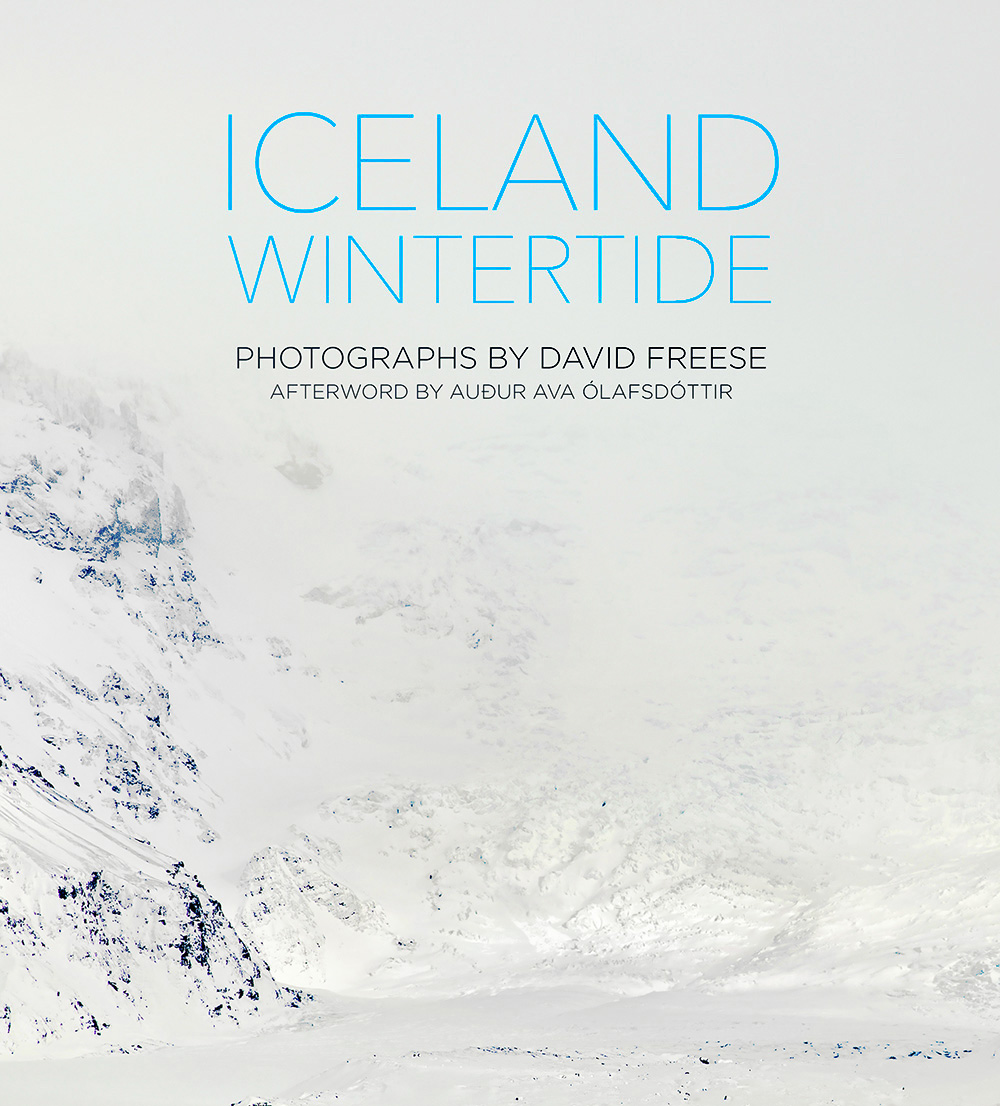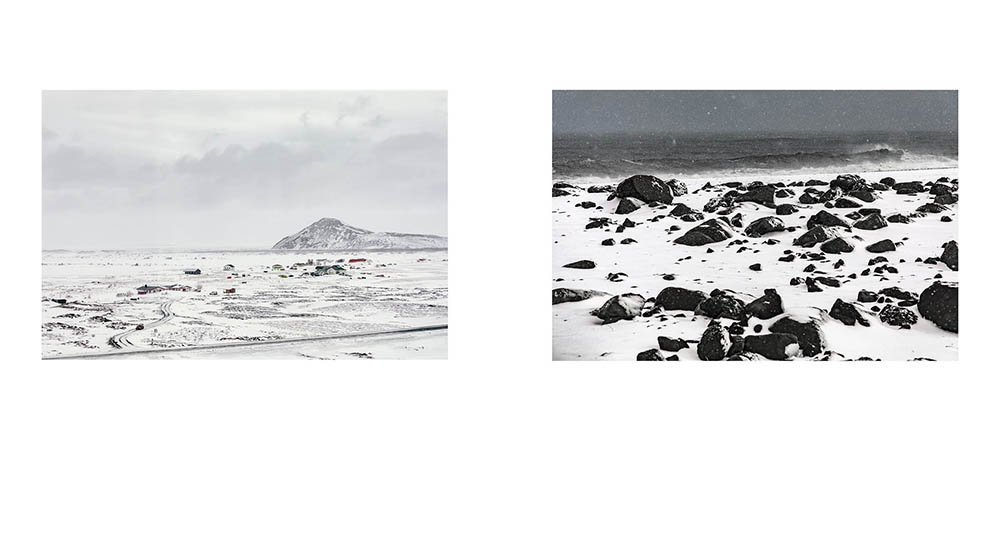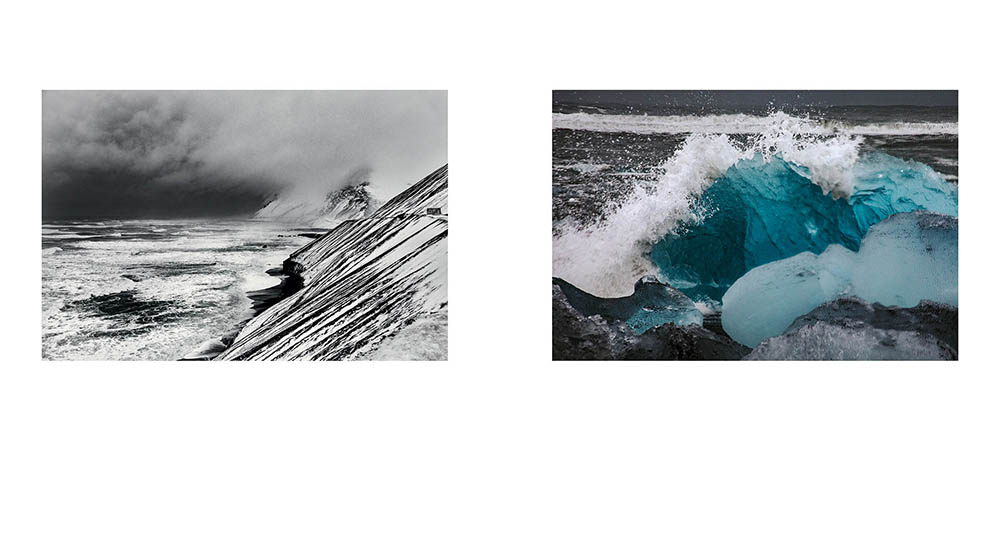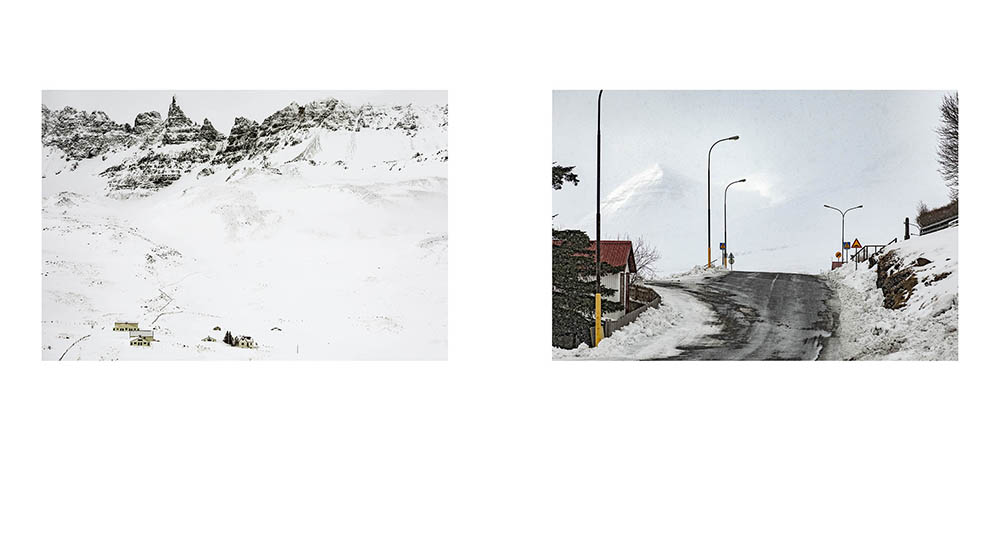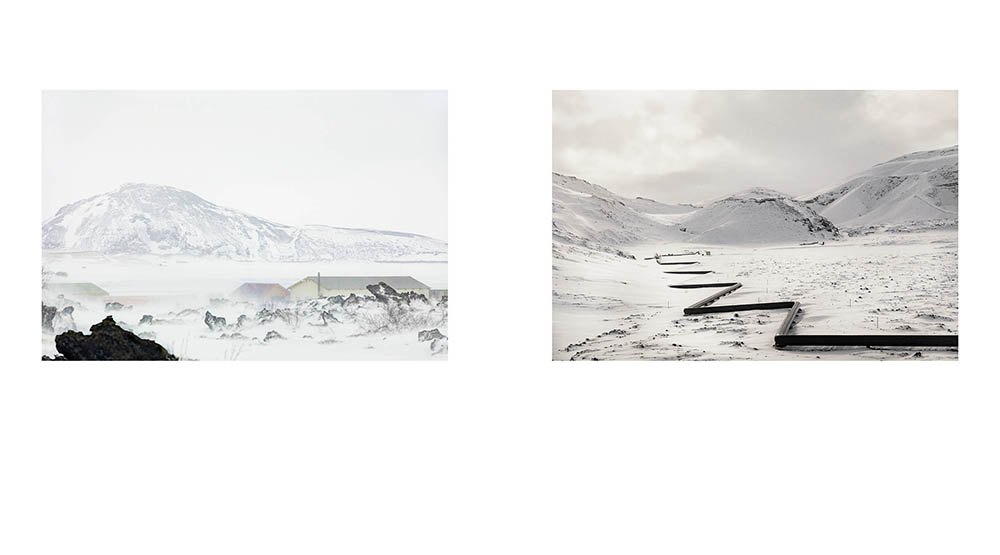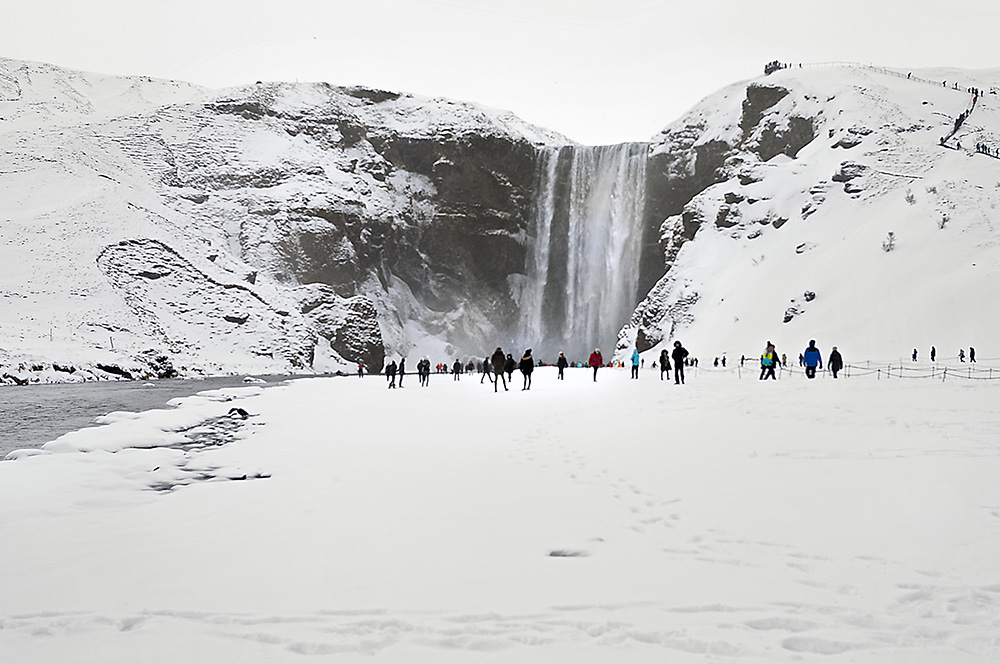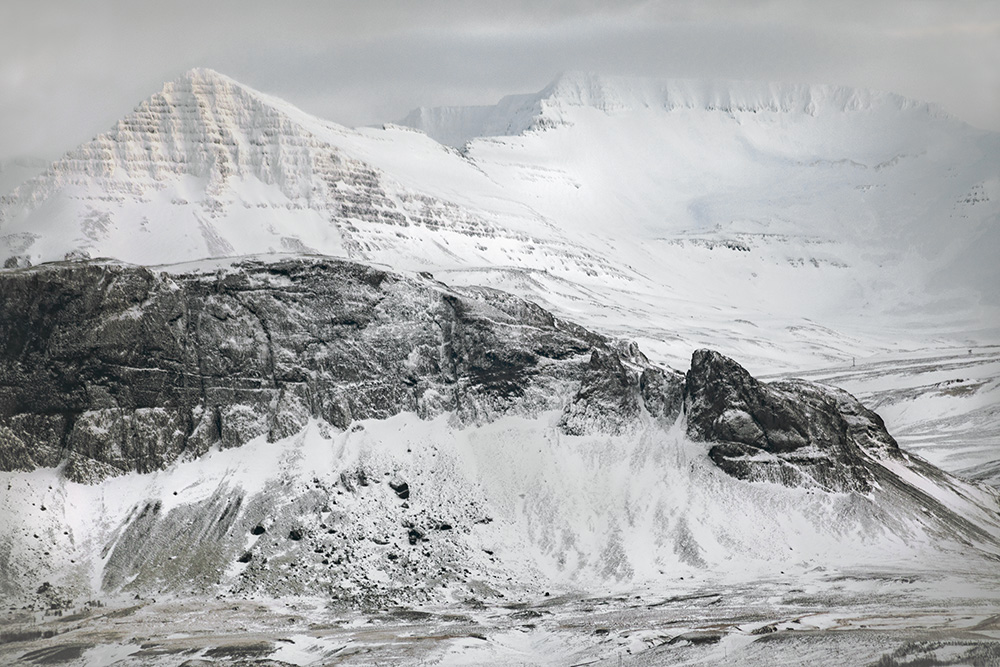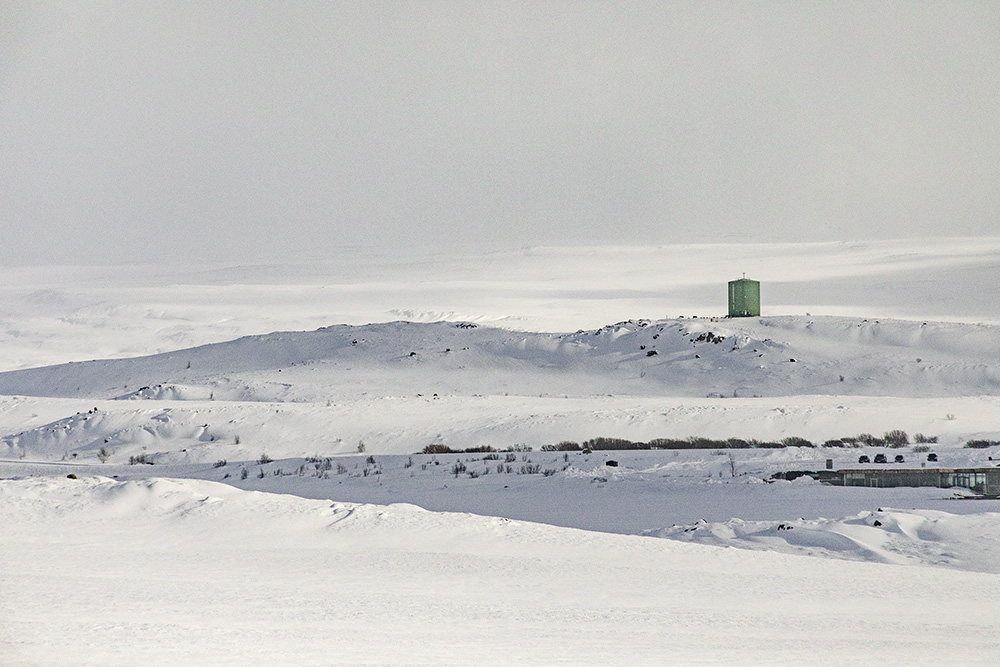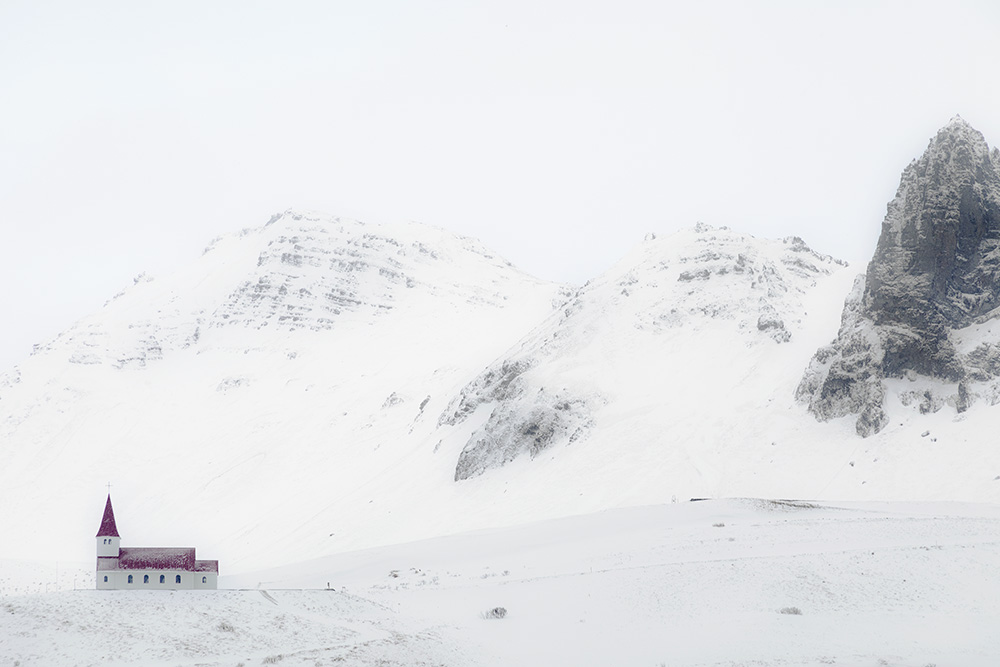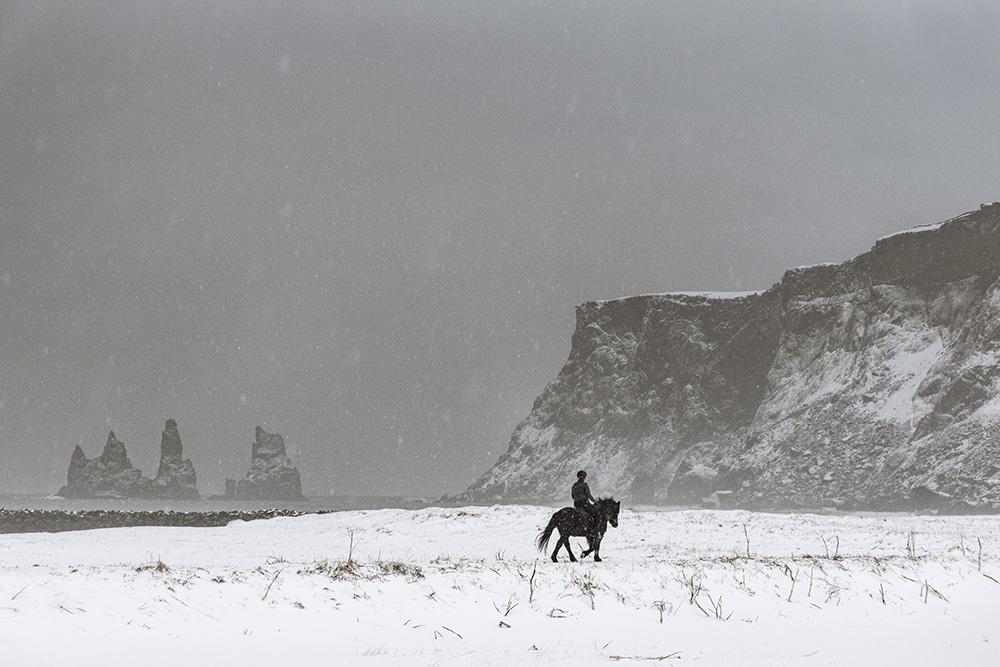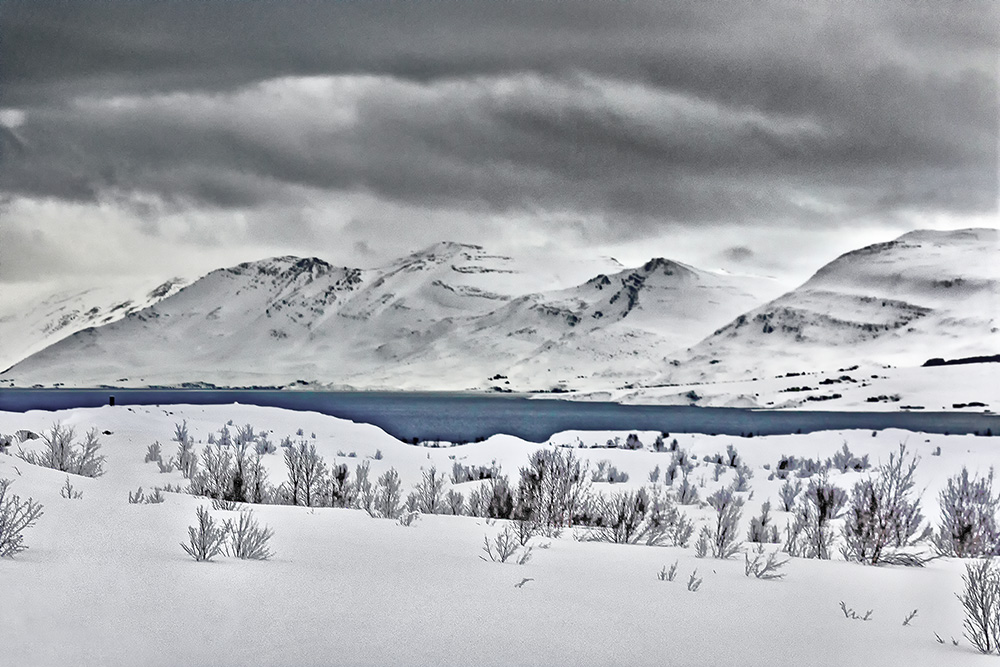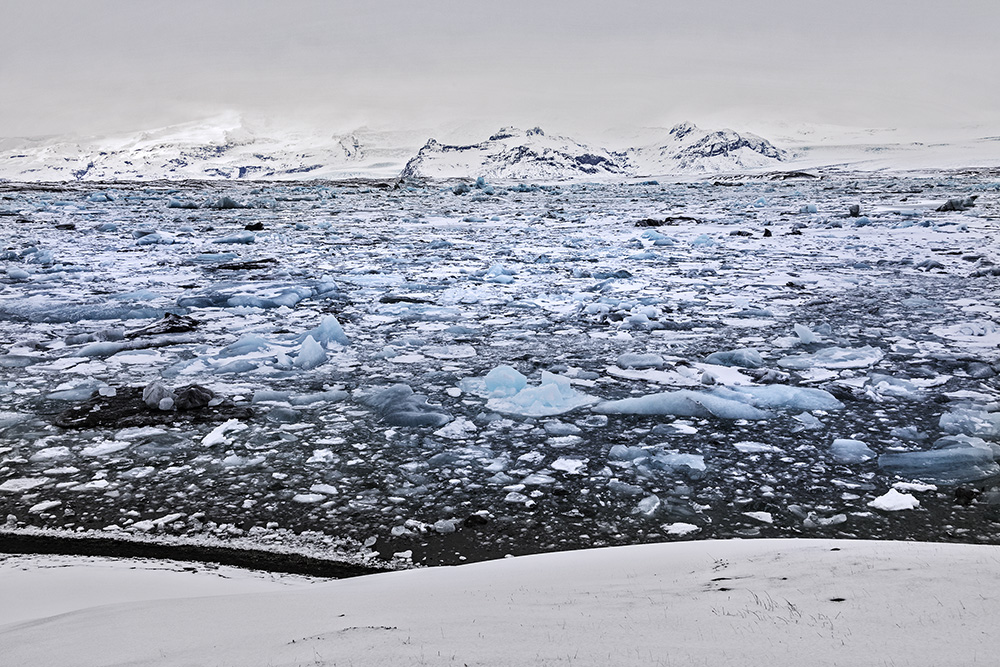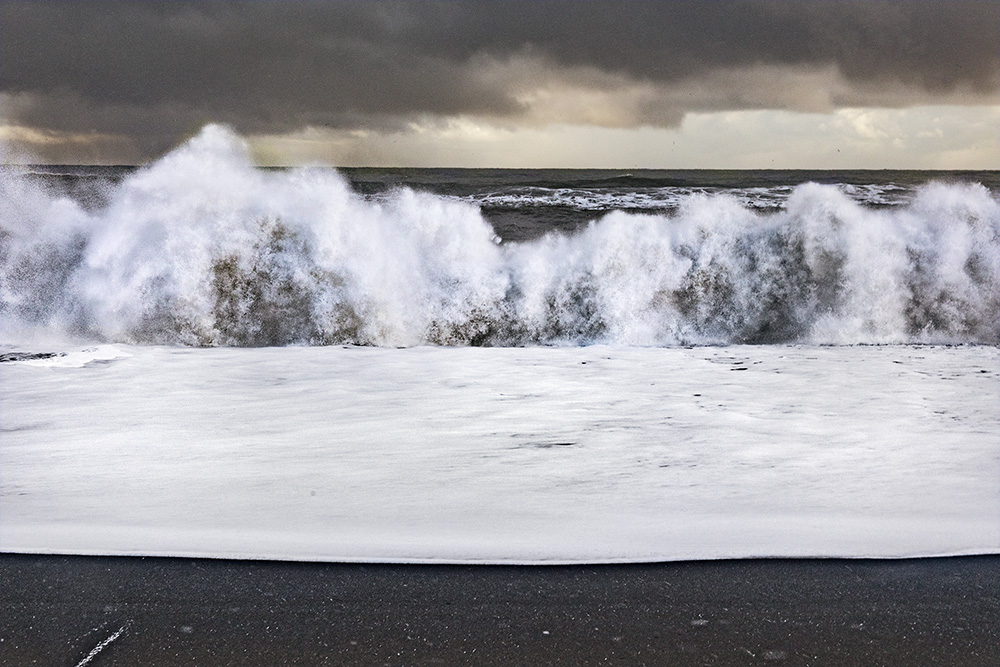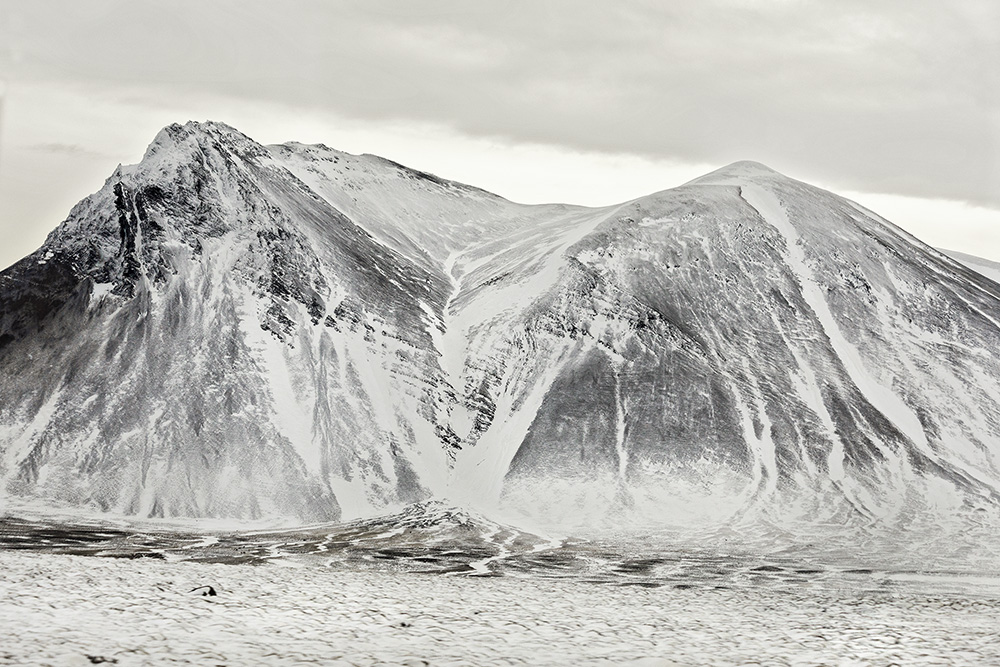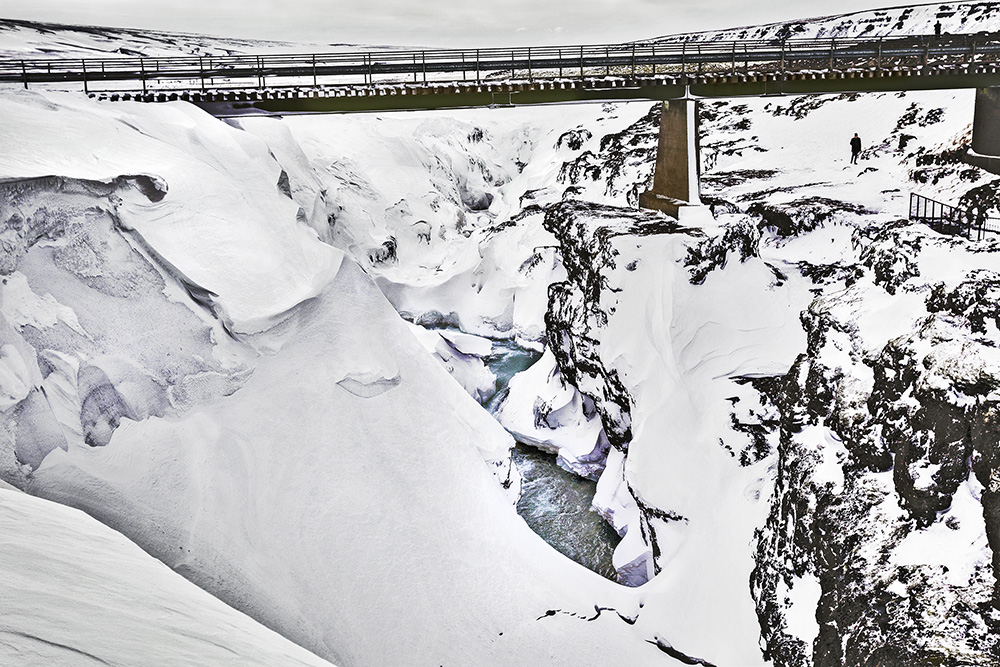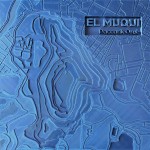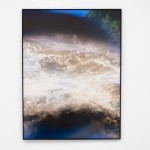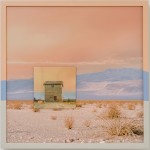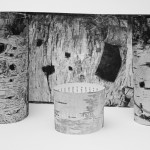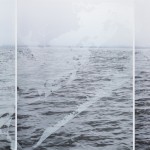David Freese: Iceland Wintertide
Over the past years, I have featured a number of books by David Freese. In particular, his trilogy of North American waters–each book tackling a different geographical location in order to understand the environmental impact and elements that surround this important subject. He has just released a new effort, Iceland Wintertide, through George F. Thompson Publishing of Staunton, VA, that examines Iceland in the context of climate change and how this has severely affected the country’s iconic landscapes and way of life.
Freese shares: When winter snows cover Iceland in a sea of white, this volcanic island is transformed into an enchanting visual masterpiece. Ironically, the white blanket reveals even more clearly the landscape’s incredible geological formations, ever-changing atmospheric conditions, and remote human settlements, eliciting a natural human response of wonderment to a country that rests precariously on two tectonic plates in the North Atlantic Ocean just below the Arctic Circle.
Auður Ava Ólafsdóttir, the renowned novelist, poet, and playwright from Iceland, concludes the book with a heartfelt afterword, adding her voice to the persistent warnings and alarms that have gone unheeded worldwide by too many for too long. As a citizen of Iceland, her testimony is that of a compelling witness.
The book can be ordered on Amazon
David Freese worked for 30 years as a freelance location photographer while also pursuing his image making passions as an artist and as an educator. He now devotes his full attention to his fine-art project and book photography.
Freese is the photographer/author of four photo books: West Coast: Bering to Baja, 2012; East Coast: Arctic to Tropic, 2016; and Mississippi River: Headwaters and Heartland to Delta and Gulf, 2020, which comprise the Trilogy of North American Waters in a time of rapid climate change. Iceland Wintertide, 2021, a small, soft cover book, is a fitting coda to the trilogy. His work has been published in aPhotoEditor, Communication Arts, Don’t Take Pictures, Hyperallergic, Il Post (Italy), Lenscratch, MIT Technology Review, Monthly Photography (South Korea), Photo District News, Polaroid International, Popular Photography, Slate Behold the Photo Blog, Smithsonian Air and Space, Time-Life Books, and View Camera.
David has exhibited internationally, and his photographs are in the collections of the Center for Creative Photography, Cleveland Museum of Art, Crocker Art Museum, Denver Art Museum, Haggerty Museum of Art, Haverford College, Library of Congress, James A. Michener Art Museum, Peabody Essex Museum of Art, Polaroid Collection, Sheldon Museum of Art, among many other museum and corporate art collections.
He has received a Polaroid Artist Support Grant and both a Fellowship in the Visual Arts and a Special Opportunity Stipend from the Pennsylvania Council on the Arts as well as artist grants for photography by the Ruth and Harold Chenven Foundation, the Puffin Foundation, and the Aegon Transamerica Foundation.
The Color of Ice
I once heard a cinematographer say that nothing looks as good on color film as does a subject that is comprised only of black and white and gray tones – colorless yet photographed in color. I could appreciate this remarkable observation in some singular images that I have taken over the years, but – to my great, welcome surprise – when I traveled to Iceland in the winter of 2020, a body of work developed in which I was able to more fully realize that concept.
Iceland is a unique combination of geologic, climatic, atmospheric, and oceanic phenomena that provide a visual cornucopia that entices artists from all over the world. Once the wintertide blankets the country in snow, Iceland becomes an island of black and white and gray. With the assist of the mostly cloudy skies, its varied landscapes provide a wonderful grayscale against which punctuation marks of color often beg notice. The eyes are mesmerized.
As a result of the research of brilliant scientists and the ongoing attention given by a diverse community of artists, ice has become a symbol of climate change – because everyone on the planet knows it is melting. The world is rapidly warming and the cost to humankind is dramatically increasing from our meager action. This sad, tragic fact has been the underlying theme of the three previous books that comprise my Trilogy of North American Waters. Wanton fossil fuel extraction has left a legacy of greed and worldwide environmental harm.
On volcanic Iceland, scarred by a tectonic plate boundary, in the Gulf Stream of the North Atlantic, just below the Arctic Circle, all the glaciers will be gone within one hundred years if not sooner. But not through any fault of the Icelanders who produce all their electricity through renewable resources – geothermal and hydroelectric. Can the rest of the world follow their lead?
For photographers, there will always be a landscape to photograph and ponder. But, on a wondrous island of ice and snow, captivating scenes – such as those seen and preserved here – will be gone in several decades; the reality of a white arctic, and a great deal more, will be lost.
Posts on Lenscratch may not be reproduced without the permission of the Lenscratch staff and the photographer.
Recommended
-
Paccarik Orue: El MuquiDecember 9th, 2025
-
Jackie Mulder: Thought TrailsNovember 18th, 2025
-
Interview with Maja Daniels: Gertrud, Natural Phenomena, and Alternative TimelinesNovember 16th, 2025
-
Mara Magyarosi-Laytner: The Untended GardenOctober 8th, 2025
-
Conner Gordon: The OverlookOctober 4th, 2025

